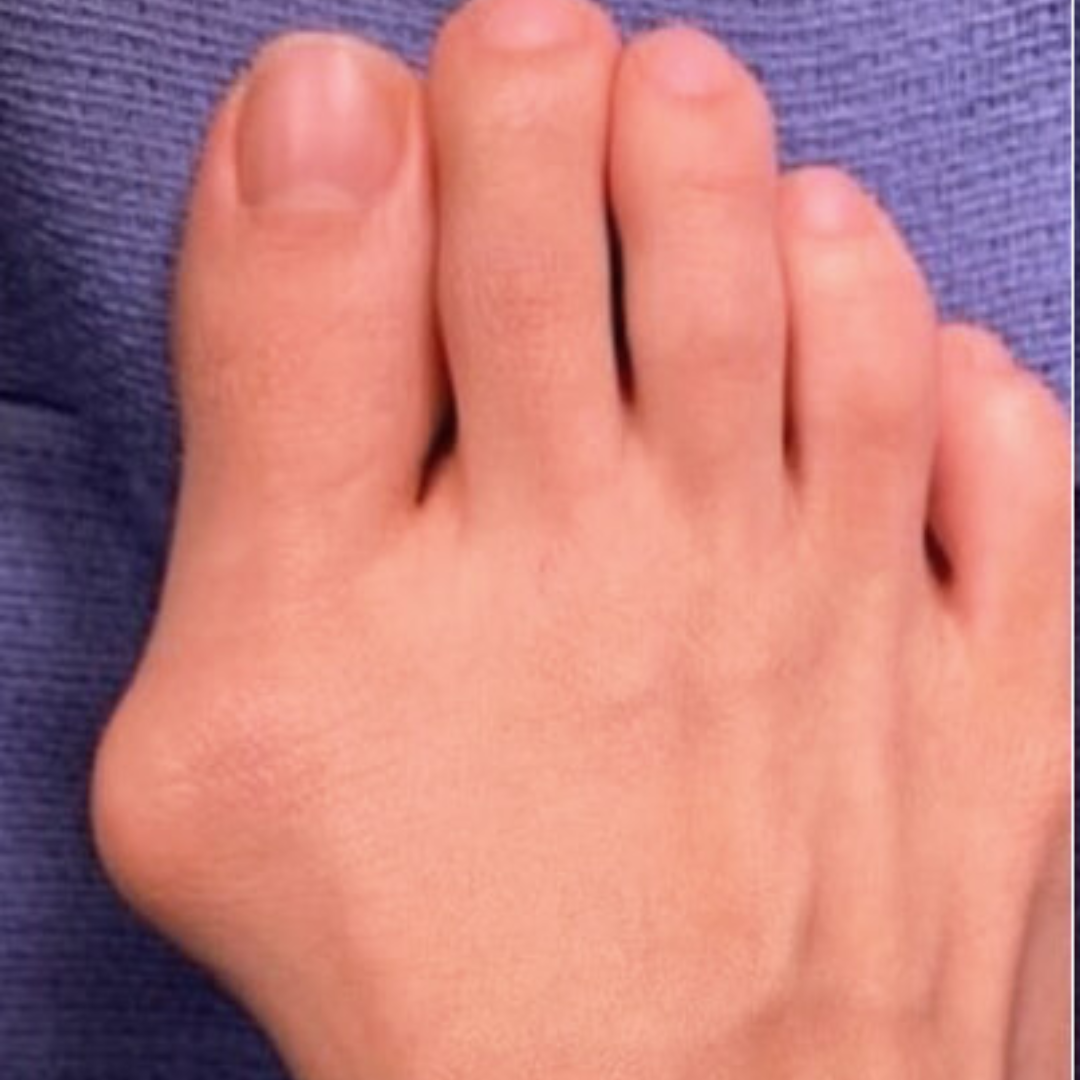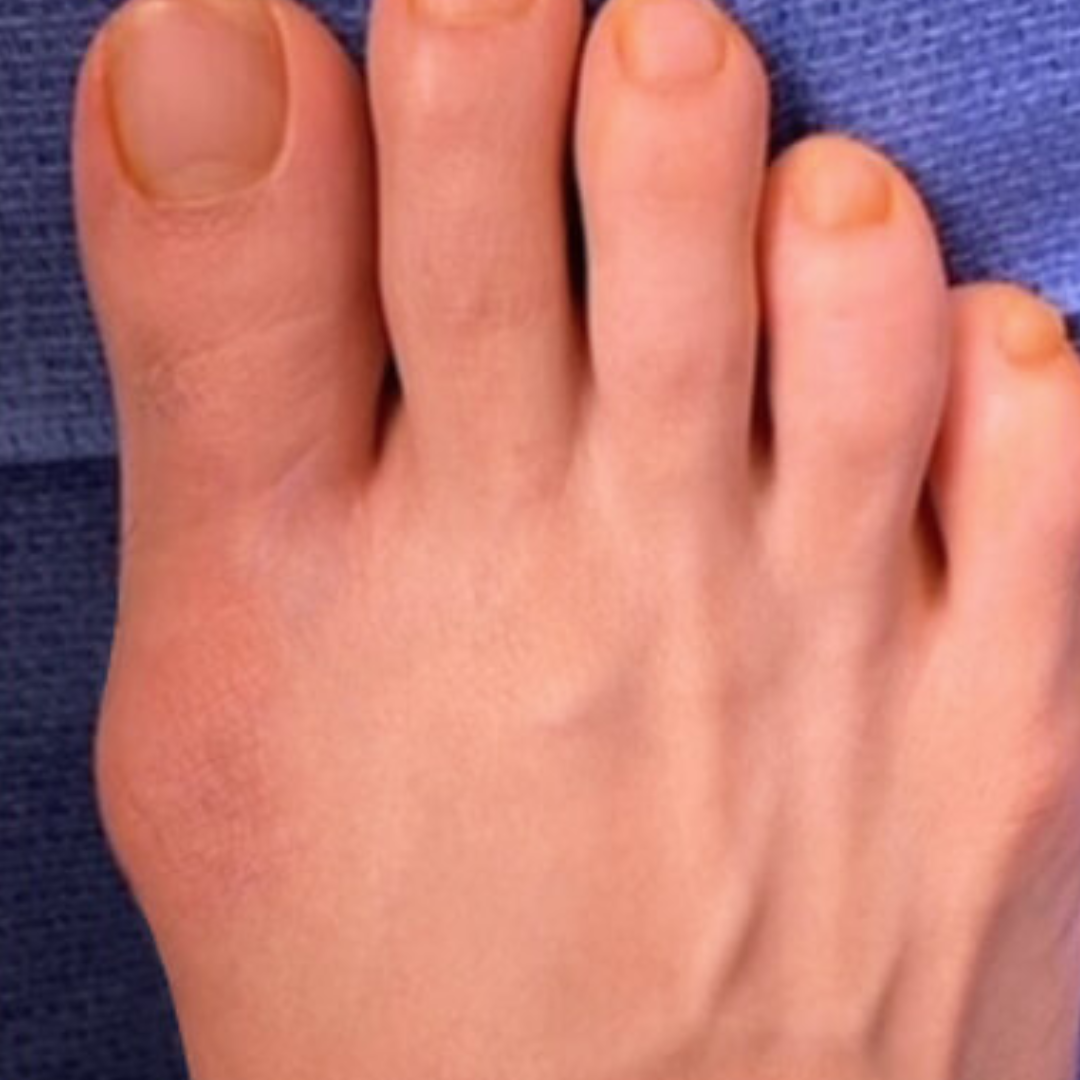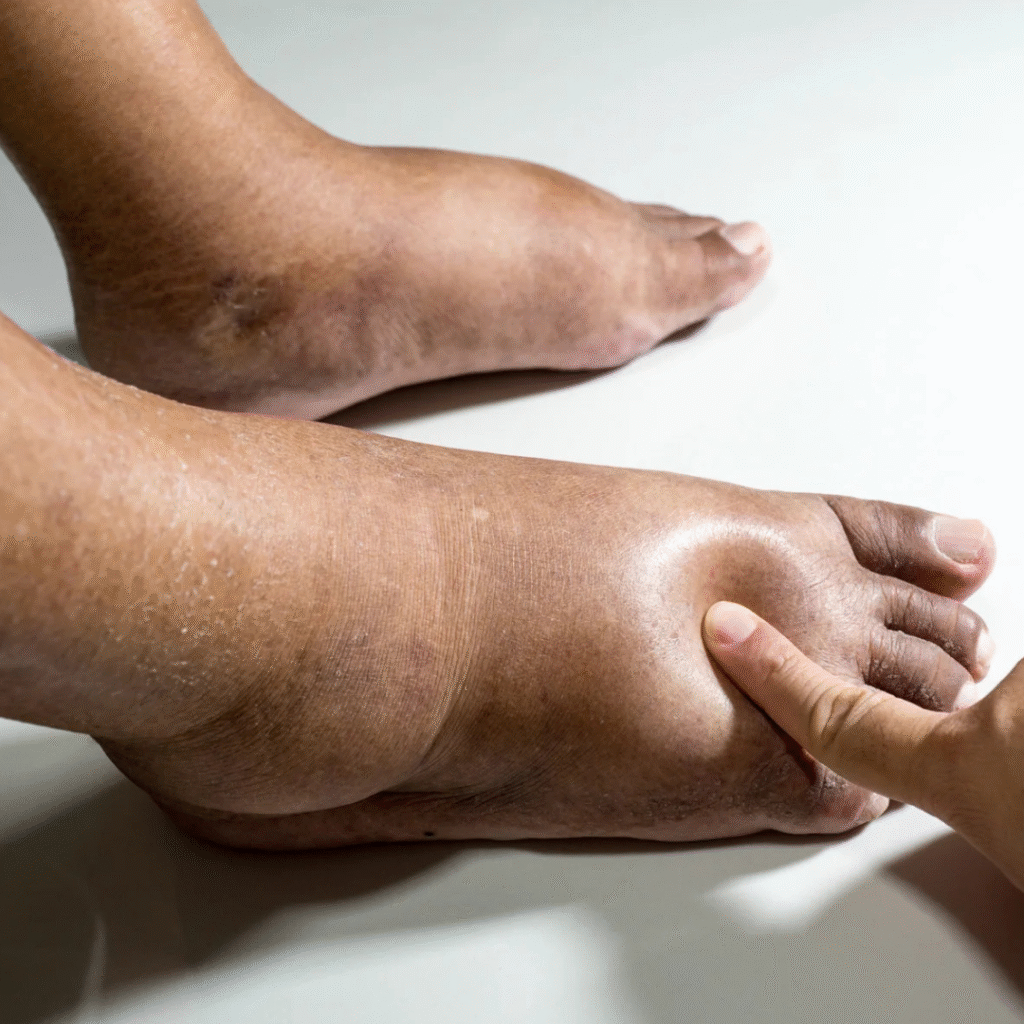Reconstructive surgery in diabetic foot
Confidence Begins with Expert Care
Satisfied Patients
Year of Experience
Satisfied Patient
Awards
What is Diabetic Foot?
Diabetic foot refers to a group of foot problems that occur in people with diabetes, including infection, ulcers, or tissue damage due to poor blood circulation and nerve damage. If untreated, it can lead to serious complications, including amputation.
What causes it:
- Peripheral neuropathy: Loss of sensation in the feet due to nerve damage
- Poor blood flow: Reduced circulation delays healing and increases infection risk
- High blood sugar levels: Impair the body’s ability to fight infection and heal wounds
- Foot injuries or pressure points: Minor injuries may go unnoticed and worsen
- Infections: Bacterial or fungal infections that spread due to compromised immunity
Symptoms:
- Numbness, tingling, or burning sensation
- Open sores or wounds that don’t heal
- Discharge or foul smell from the wound of tissue beneath the nipple area
- Redness, swelling, or warmth in the foot
- Changes in skin color or texture
Complete Process
Thorough Evaluation
We begin with a multidisciplinary assessment, including vascular, orthopedic, endocrinological, and plastic surgery input. Blood flow, infection status, and wound depth are carefully evaluated using tests and imaging.
Debridement & Infection Control
Dead tissue is surgically removed, and infected areas are cleaned. If bone is involved, partial resections or decontamination are done. Antibiotics are administered based on cultures.
Reconstructive Procedure
Depending on the wound’s size, location, and blood supply, diabetic foot reconstruction may involve several advanced surgical techniques. Local flaps or muscle flaps are commonly used to cover exposed bones, tendons, or joints.
Post-Operative Care
We provide specialized wound care, offloading devices, and diabetic footwear to prevent recurrence. Rehabilitation focuses on mobility, limb function, and ulcer prevention.
Diabetic Foot
Why Choose Us for Diabetic Foot?
Specialized in limb-salvage microsurgery
Team approach with diabetologists, vascular and plastic surgeons
Advanced techniques like pedicled flaps and free tissue transfer
Emphasis on limb preservation rather than amputation
Expertise in chronic wound management and diabetic deformities
Comprehensive post-op follow-up for long-term success


Patient Recovery & Care Tips
- Keep blood sugar well controlled to aid healing
- Avoid walking barefoot
- Inspect feet daily for redness
- Follow dressing change
- Take all medications and attend
- Report signs of infection
Need Help?
Get In Touch!
We Would Love to Hear from You!
If you’re experiencing Diabetic foot and seeking expert, personalized treatment, contact us today for a private consultation.
+91-98765-43210
info@astheticplasticsurgery.com
Asthetic Plastic Surgery 2nd Floor, Wellness Plaza South Extension, New Delhi – 110049
Testimonials
Hear directly from our patients as they share their personal journeys—how expert care, advanced procedures, and compassionate support helped them regain confidence and improve their quality of life. These testimonials reflect the transformative impact of our work and the dedication we bring to every patient’s experience.
"My diabetic wound just wouldn't heal, and I feared losing my foot. After the reconstructive surgery, not only did the wound close properly, but I can now walk without discomfort."
Explore Our Latest Blogs
Discover insightful articles covering treatments, recovery tips, real patient experiences, and the latest advancements in medical care. Whether you’re exploring your options or seeking to better understand a condition, our blogs offer reliable information and compassionate guidance to support you every step of the way.
FAQ
Frequently Asked Questions
Reconstructive surgery for diabetic foot involves procedures to repair or restore damaged skin, soft tissue, or bone due to diabetes-related wounds, ulcers, or infections.
Surgery is usually considered when ulcers do not heal with standard treatment, there’s risk of infection spreading, or to avoid amputation and restore function.
The surgery itself is done under anesthesia. Post-surgery discomfort is managed with medications, and most patients find it easier to handle than living with a chronic wound.
While surgery can help close the current wound and improve foot structure, managing blood sugar, wearing proper footwear, and regular checkups are key to preventing future ulcers.
Recovery can vary depending on the severity of the wound and type of procedure but generally ranges from a few weeks to a few months, with proper wound care and follow-ups.
Yes, in many cases reconstructive surgery is performed specifically to save the limb and avoid the need for partial or full amputation.

